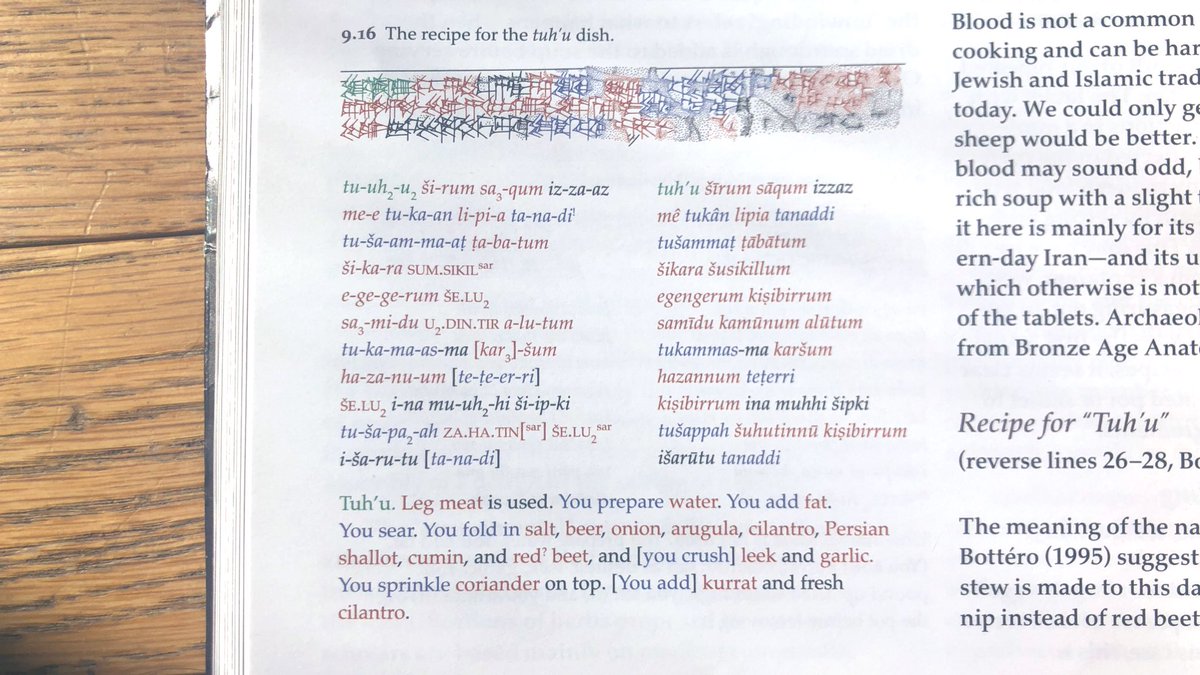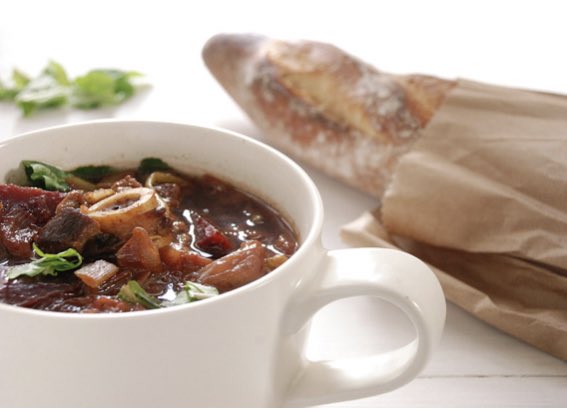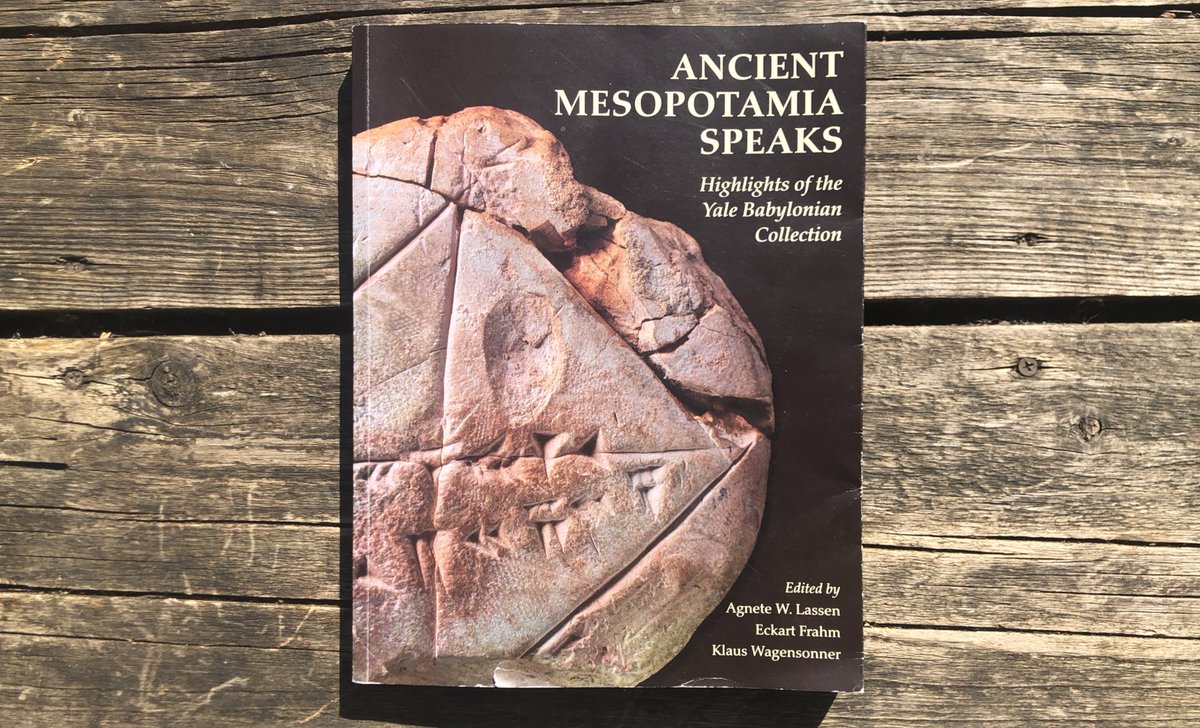Have you already taught yourself to churn butter and perfected homemade sourdough? Maybe it’s time to move on to 4,000-year-old recipes from Babylonia.
Short thread of stews recorded on a cuneiform tablet from ancient Iraq to go with all that bread.
Short thread of stews recorded on a cuneiform tablet from ancient Iraq to go with all that bread.
A recipe from c1750 BCE for a vegetarian stew called pašrūtum, made from spring leeks, leeks, coriander, and garlic. Ground-up dried sourdough (bappiru) is added at the end to thicken the stew and deepen the flavour.
The original recipe calls for sheep’s fat, but any fat will do
The original recipe calls for sheep’s fat, but any fat will do
“Elamite broth. Meat is not used.”
A 4,000-year-old recipe from ancient Babylonia that mixes dill, spring leek, leek, coriander, and garlic with blood and milk.
Like the name of the stew, dill would have originated in Elam (Iran). Perhaps a recipe of foreign origin?
A 4,000-year-old recipe from ancient Babylonia that mixes dill, spring leek, leek, coriander, and garlic with blood and milk.
Like the name of the stew, dill would have originated in Elam (Iran). Perhaps a recipe of foreign origin?
mê puhādi is a recipe for lamb stew from ancient Babylonia.
You sauté lamb in fat, add barley and vegetables, and then simmer the mixture before adding crushed up barley cakes and garnish. The original recipe uses milk for the simmer, but other liquids (e.g., water) could work
You sauté lamb in fat, add barley and vegetables, and then simmer the mixture before adding crushed up barley cakes and garnish. The original recipe uses milk for the simmer, but other liquids (e.g., water) could work
Tuh’u is a recipe from Babylonia c1750 BCE that uses beets and that some have been tempted to compare to borscht.
After searing meat, you add vegetables and spices including red beet before sprinkling with garnish. Here’s one interpretation of the recipe: http://www.leftovershistory.com/ancient-mesopotamian-beet-broth/
After searing meat, you add vegetables and spices including red beet before sprinkling with garnish. Here’s one interpretation of the recipe: http://www.leftovershistory.com/ancient-mesopotamian-beet-broth/
All recipes in the thread are from the volume, “Ancient Mesopotamia Speaks”, in a brilliant and colourful chapter by G Barjamovic, P.J. Gonzalez, C.A. Graham, A.W. Lassen, N. Nasrallah ( @iraqicuisine), and P.M. Sörensen.
While you’re here, the Akkadian word of the day is bappiru, Sumerian bappir, “beer bread”, a sourdough used to make beer.
“It is you who [...mixes] in a pit the beerbread with sweet aromatics”. A Sumerian hymn to the goddess Ninkasi describes the process http://etcsl.orinst.ox.ac.uk/section4/tr4231.htm
“It is you who [...mixes] in a pit the beerbread with sweet aromatics”. A Sumerian hymn to the goddess Ninkasi describes the process http://etcsl.orinst.ox.ac.uk/section4/tr4231.htm

 Read on Twitter
Read on Twitter











![While you’re here, the Akkadian word of the day is bappiru, Sumerian bappir, “beer bread”, a sourdough used to make beer.“It is you who [...mixes] in a pit the beerbread with sweet aromatics”. A Sumerian hymn to the goddess Ninkasi describes the process http://etcsl.orinst.ox.ac.uk/section4/tr4231.htm While you’re here, the Akkadian word of the day is bappiru, Sumerian bappir, “beer bread”, a sourdough used to make beer.“It is you who [...mixes] in a pit the beerbread with sweet aromatics”. A Sumerian hymn to the goddess Ninkasi describes the process http://etcsl.orinst.ox.ac.uk/section4/tr4231.htm](https://pbs.twimg.com/media/EYDLwXgXsAI1Lf1.jpg)
![While you’re here, the Akkadian word of the day is bappiru, Sumerian bappir, “beer bread”, a sourdough used to make beer.“It is you who [...mixes] in a pit the beerbread with sweet aromatics”. A Sumerian hymn to the goddess Ninkasi describes the process http://etcsl.orinst.ox.ac.uk/section4/tr4231.htm While you’re here, the Akkadian word of the day is bappiru, Sumerian bappir, “beer bread”, a sourdough used to make beer.“It is you who [...mixes] in a pit the beerbread with sweet aromatics”. A Sumerian hymn to the goddess Ninkasi describes the process http://etcsl.orinst.ox.ac.uk/section4/tr4231.htm](https://pbs.twimg.com/media/EYDLwaAWkAAu379.jpg)


